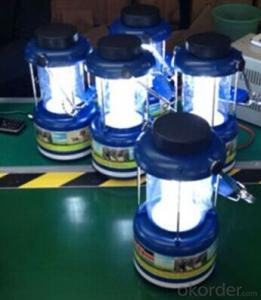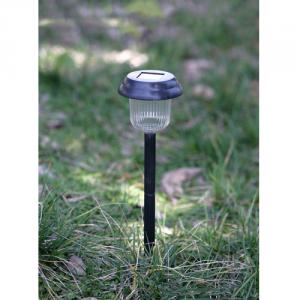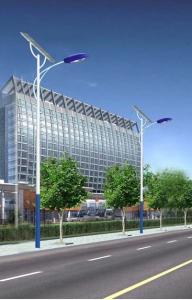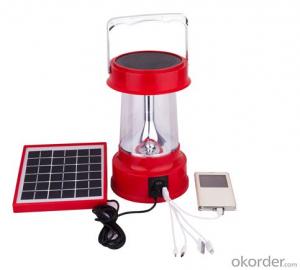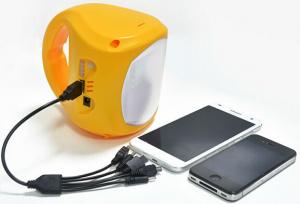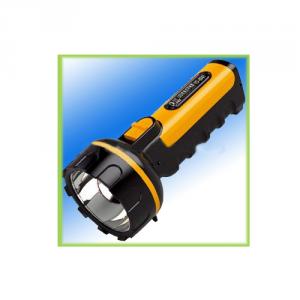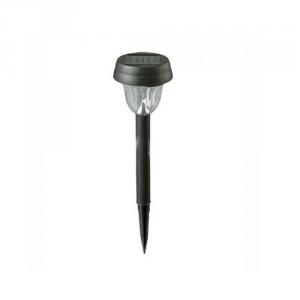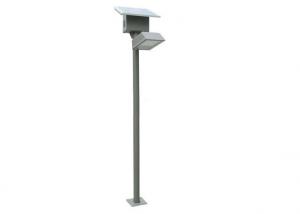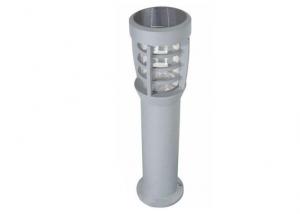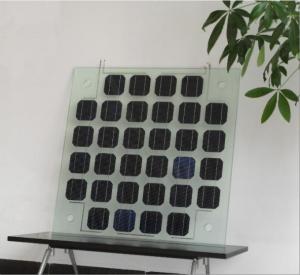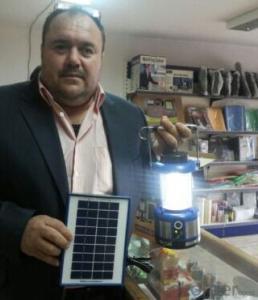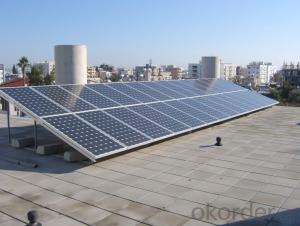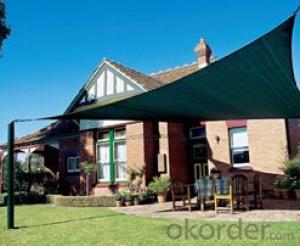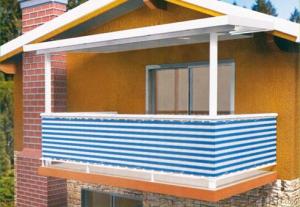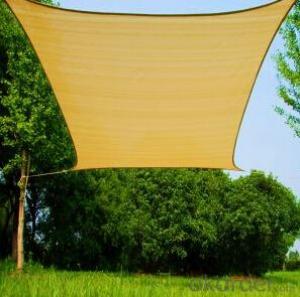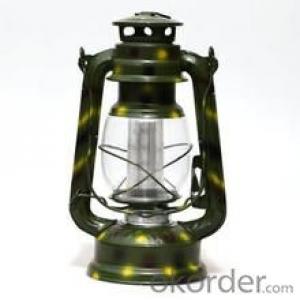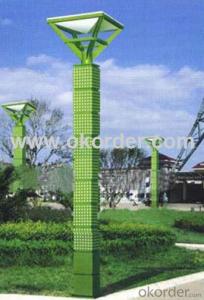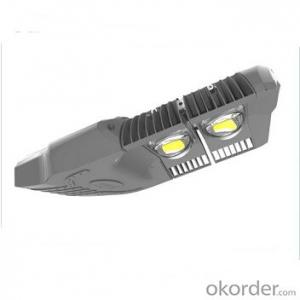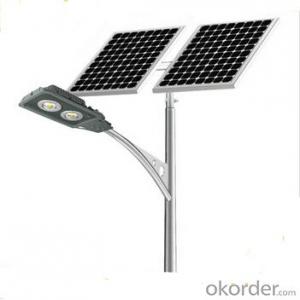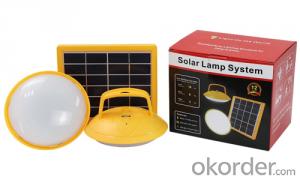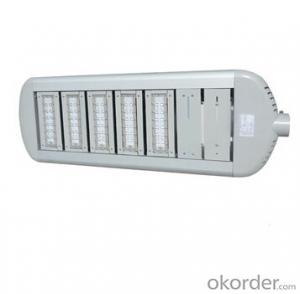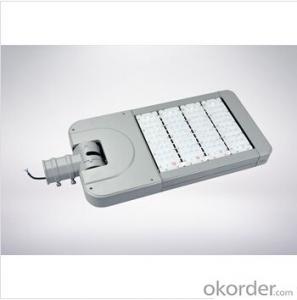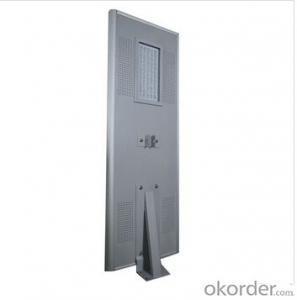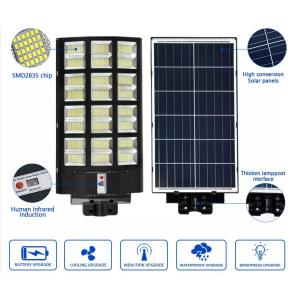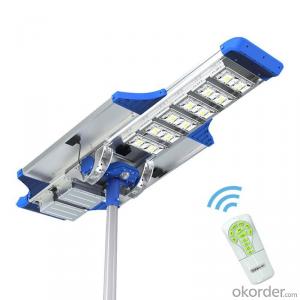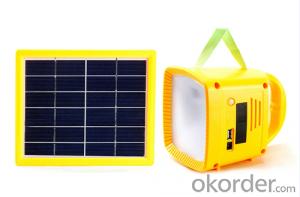Plastic Solar Lanterns
Plastic Solar Lanterns Related Searches
Decorative Solar Lantern White Plastic Sun Loungers Polymer Solar Cells Electric Garden Lanterns Solar Garden Lights Plastic Window Screen Large Plastic Panels Compact Solar Cells Lightweight Solar Cells Polymer Based Solar Cells Floating Solar Cells Outdoor Ceiling Lantern Solar Panel Decking Lights Garden Solar Wall Lights Satellite Solar Cells Printable Solar Cells Printed Solar Cells Photovoltaic Solar Cells Screen Printed Solar Cells Garden Post Solar Lights Garden Wall Solar Lights Folding Solar Cells Solar Garden Light Bulbs Low Cost Solar Cells Crystalline Solar Cells Garden Solar Spot Lights Loose Solar Cells Clear Plastic Panels Organic Polymer Solar Cells Low Light Solar CellsPlastic Solar Lanterns Supplier & Manufacturer from China
Plastic Solar Lanterns are a type of eco-friendly lighting solution that utilizes solar energy to provide illumination. These lanterns are designed with a plastic casing that houses a solar panel, rechargeable battery, and LED lights, making them portable and durable. They are an excellent choice for outdoor activities, camping, or as an emergency light source during power outages.Plastic Solar Lanterns are widely used in various scenarios, such as outdoor events, backyard gatherings, and camping trips. They are also popular for providing ambient lighting in gardens, patios, and walkways. Due to their solar-powered nature, these lanterns are energy-efficient and environmentally friendly, making them a sustainable lighting option for both personal and commercial use.
Okorder.com is a reputable wholesale supplier of Plastic Solar Lanterns, boasting a large inventory of high-quality products. They offer a variety of designs and sizes to cater to different preferences and requirements. By partnering with Okorder.com, customers can access a diverse selection of Plastic Solar Lanterns at competitive prices, ensuring that they can find the perfect lighting solution for their needs.
Hot Products

